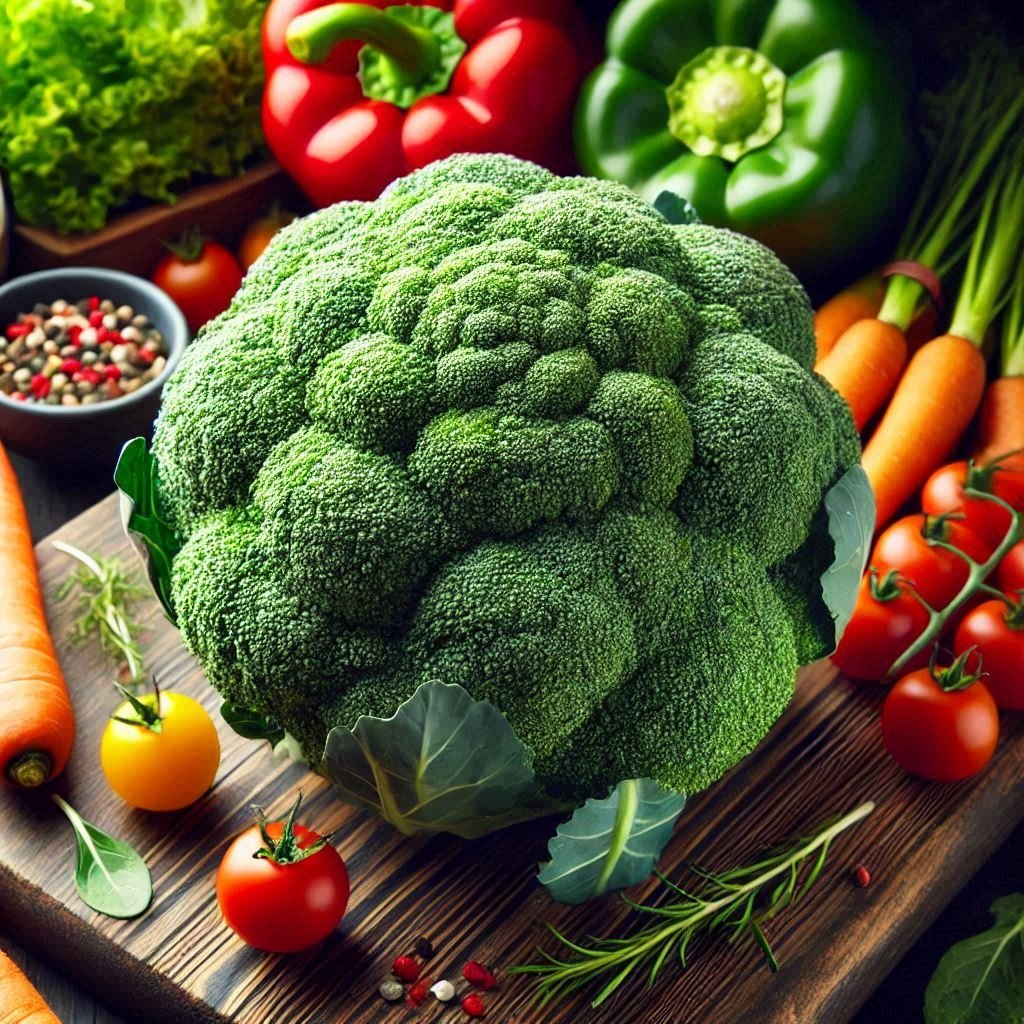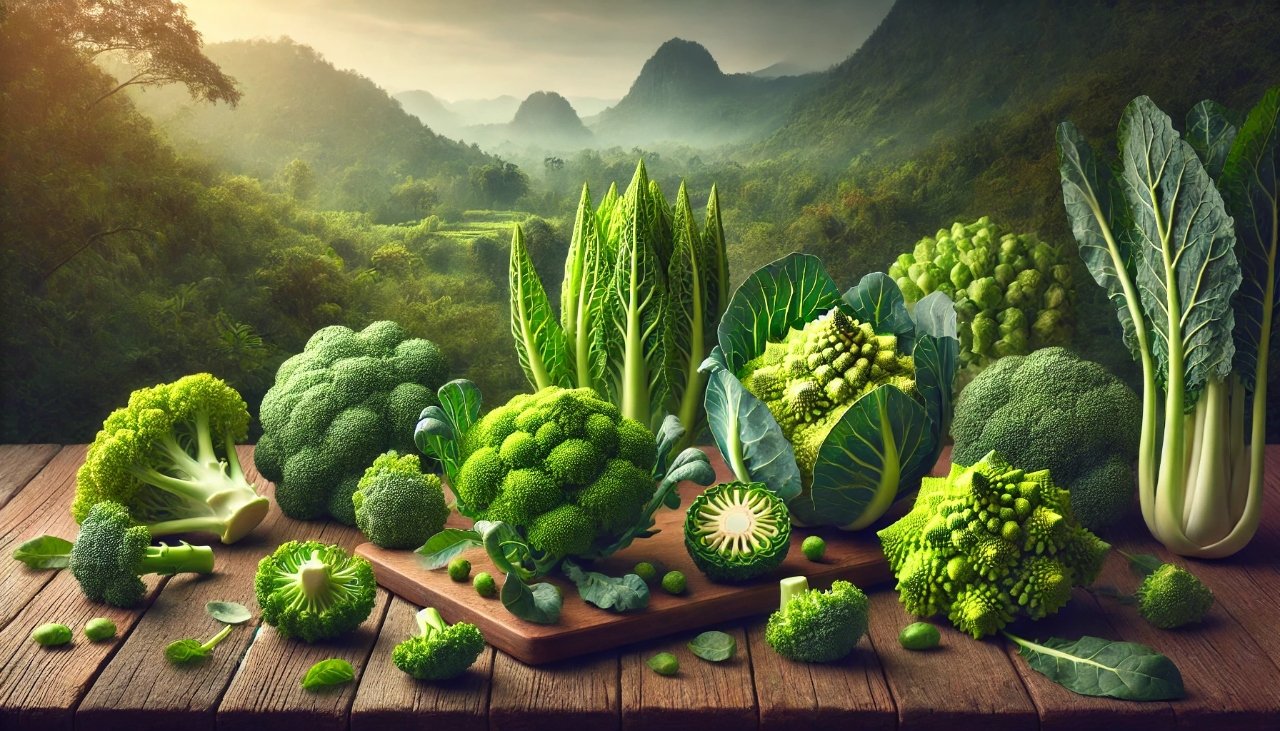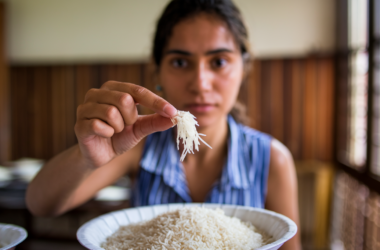Brocoli has become a quintessential vegetable in kitchens worldwide, beloved for its health benefits, versatility, and unique flavor profile. This comprehensive guide dives deep into its varieties, flavors, origins, and historical significance to better understand why broccoli holds such a special place in culinary traditions.
The Origin of Brocoli
Brocoli, a member of the Brassica family, traces its origins to the Mediterranean, specifically in modern-day Italy. Cultivated as early as the Roman Empire, it was revered for its nutritional properties and robust flavor. Early records show that Romans cherished it not only as a staple food but also for its medicinal applications. The name broccoli derives from the Italian word broccolo, which means “the flowering crest of a cabbage.”
How Broccoli Spread Worldwide
Broccoli’s journey from Italy to the world began in the 16th century. Introduced to England and France, it became a prized vegetable among European aristocracy. By the 18th century, Italian immigrants brought broccoli to North America. However, it wasn’t until the 1920s that broccoli gained significant popularity in the United States, thanks to improved transportation and agricultural practices.
Brocoli Varieties
Understanding the different types of broccoli helps us appreciate its diversity. Each variety offers unique textures, flavors, and culinary applications.
Calabrese Brocoli
Named after the Calabria region in Italy, this variety is the most commonly grown and recognized. It features large green heads and thick stalks. Calabrese broccoli has a mild, earthy flavor, making it perfect for steaming, roasting, or adding to casseroles.
Sprouting Brocoli
Known for its smaller florets and thinner stalks, sprouting broccoli comes in green and purple varieties. Its tender texture and sweeter taste make it ideal for raw consumption or light sautés.
Romanesco
This eye-catching variety, often called Romanesco broccoli, is a visual marvel with its fractal-like spirals. It boasts a nutty, slightly sweet flavor and a firm texture, perfect for roasting or adding to salads.
Broccolini
A hybrid between broccoli and Chinese kale, broccolini features slender stalks and small florets. Its sweet, mild flavor pairs well with stir-fries, pasta, and simple sautés.
The Flavor Profile of Brocoli
Broccoli’s flavor varies depending on its preparation and variety. While some find its raw taste bitter, cooking methods like steaming, roasting, or grilling can bring out its nutty and sweet undertones. Adding seasonings or pairings, such as garlic, lemon, or cheese, further enhances its natural flavor.
Nutritional Benefits of Broccoli

Brocoli is celebrated for its exceptional nutritional profile. Rich in vitamins C, K, and A, it supports immune function, bone health, and vision. Moreover, its high fiber content aids digestion, while antioxidants like sulforaphane help combat oxidative stress. Including broccoli in your diet contributes to overall well-being.
The Historical Significance of Broccoli
In ancient Rome, broccoli symbolized health and vitality. It was often featured in festive meals and medicinal recipes. During the Renaissance, its cultivation expanded across Europe, becoming a symbol of refined taste. Today, broccoli continues to hold a place of honor in both gourmet and home cooking.
Cultivating Broccoli
Growing broccoli requires careful attention to climate and soil conditions. It thrives in cool weather, with optimal growth occurring in temperatures between 60°F and 70°F. Well-drained, nutrient-rich soil ensures healthy heads, while consistent watering supports its growth.
Culinary Uses of Broccoli
Broccoli’s versatility in the kitchen is unparalleled. From soups and salads to stir-fries and gratins, this vegetable adapts to various cuisines and techniques. Its florets stems, and leaves can all be used creatively, minimizing waste and maximizing flavor.
Broccoli in Global Cuisines
Each culture has embraced broccoli uniquely:
- Italian Cuisine: Features Brocoli in pasta dishes, soups, and frittatas.
- Asian Cuisine: Includes broccoli in stir-fries, curries, and noodle dishes.
- American Cuisine: Popular in creamy soups, casseroles, and salads.
How to Store Broccoli
Proper storage prolongs broccoli’s freshness. Unwashed broccoli should be stored in a perforated plastic bag in the refrigerator. For longer storage, blanching and freezing help retain its nutrients and flavor.
Broccoli and Sustainability
Brocoli production aligns well with sustainable farming practices. Its relatively low water requirements and compatibility with crop rotation systems make it an environmentally friendly choice. Supporting locally grown broccoli further reduces its carbon footprint.
Broccoli in Popular Culture
Broccoli has cemented its place in popular culture. From children’s books promoting healthy eating to memes about picky eaters, this vegetable continues to capture imaginations.
You may like to read about Decluttering the kitchen before moving.
Broccoli’s Role in Modern Health Trends
With the rise of plant-based diets, Brocoli has gained attention as a powerhouse of nutrition. Its versatility makes it a staple in vegan and vegetarian cooking. Broccoli sprouts, in particular, are trending due to their concentrated antioxidant content.
Challenges in Brocoli Production
Despite its global popularity, broccoli farming faces challenges like pest control, unpredictable weather, and maintaining soil fertility. Advancements in agricultural technology, however, continue to address these issues effectively.
Health Myths About Broccoli
While Brocoli is undoubtedly healthy, misconceptions exist. Some believe it causes bloating or interferes with thyroid function. However, these effects occur only in excessive quantities and can be mitigated through proper preparation.
Tips for Cooking Brocoli
To enhance broccoli’s flavor and texture:
- Steam for a tender crisp texture.
- Roast with olive oil and spices for a caramelized finish.
- Blend into soups for a creamy, nutrient-rich dish.
Brocoli’s journey from ancient Rome to modern kitchens reflects its enduring appeal and versatility. Whether roasted, steamed, or stir-fried, it offers both flavor and nutrition. Its various types and global significance make it more than just a vegetable; broccoli is a symbol of culinary innovation and health.








